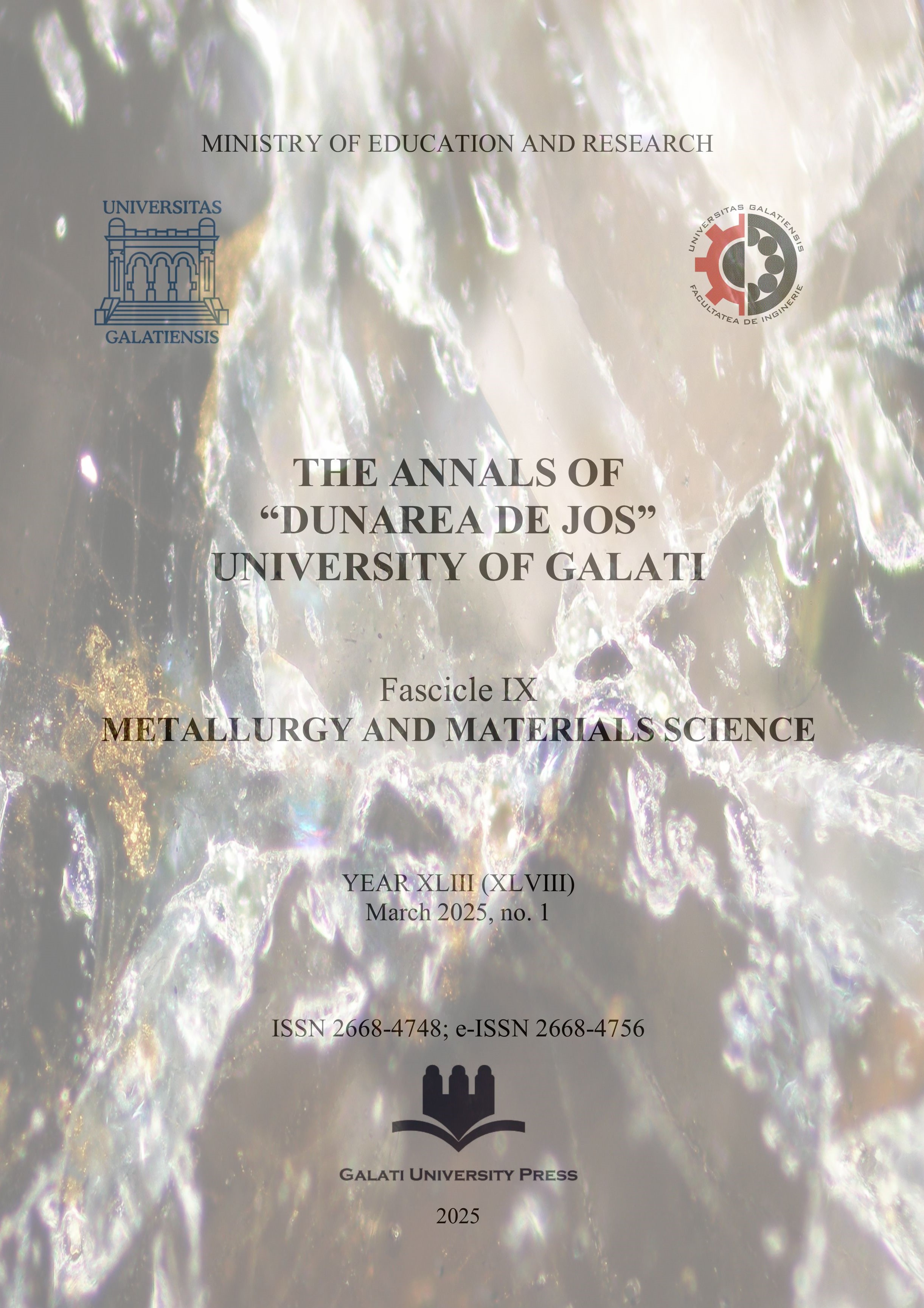Packaging Waste Management and the Main Challenges in Recycling Processes
Abstract
Separate collection of packaging is an important step towards a circular economy. Setting a mandatory collection rate is an incentive for the development of efficient and well-targeted collection systems at national level, thus increasing the amount of waste sorted and potentially recycled. This article presents a comparative analysis, by waste type, of the evolution of packaging waste recycling, for the period 2008-2022. If in the period 2013-2022 the average of EU member states was 65.74% for recycling rates of packaging waste, in Romania the rate it was 50.31%, which involves a series of additional efforts. At the national level, during the period 2013-2022, the highest percentage of packaging waste recycling is represented by paper, cardboard 74.35% and metal a percentage of 56.02%, with wood waste in last place at 23.77%.
Downloads
References
[2]. Gambella C., Maggioni F., Vigo D., A stochastic programming model for a tactical solid waste management problem, Eur. J. Oper. Res., 273, p. 684-694, 2019.
[3]. Coelho P., et al., Sustainability of reusable packaging-current situation and trends, Resour. Conserv. Recycl., X 100037, 2020.
[4]. Naayem N., The inherent problem with the global plastic waste trade, Available online: https://rethinkplasticalliance.eu/news/the-inherent-problem-with-the- global-plastic-waste-trade, 2021.
[5]. Eriksen M., et al., Plastic pollution in the world’s oceans: more than 5 trillion plastic pieces weighing over 250,000 tons afloat at sea, PLoS One, 9 (12), e111913, https://doi.org/10.1371/journal.pone.0111913, 2014.
[6]. Simões P., Marques R. C., On the economic performance of the waste sector. A literature review, J. Environ. Manage., 106, p. 40-47, 2012.
[7]. Alam S. S., Husain Khan A., Khan N. A., Plastic waste management via thermochemical conversion of plastics into fuel: a review, Energy Sources, Part A Recovery, Util. Environ. Eff., 44 (3), p. 1-20, 2022.
[8]. Urien B., Kilbourne W., Generativity and self-enhancement values in eco-friendly behavioral intentions and environmentally responsible consumption behavior, P & M, 28 (1), p. 69-90, 2011.
[9]. European Commission, Database – Eurostat, https://ec.europa.eu/eurostat/databrowser/view/env_waspacr/default/table?lang=en, 2022.
[10]. ***, Directive (EU) 2019/904 of the European Parliament and of the Council of 5 June 2019 on the reduction of the impact of certain plastic products on the environment.
[11]. ***, European Parliament and Council Directive 94/62/EC of 20 December 1994 on packaging and packaging waste.
[12]. Herberz T., Barlow C. Y., Finkbeiner M., Sustainability assessment of a single-use plastics ban, Sustainability, 12 (9), 3746, 2020.
[13]. ***, Commission Implementing Decision (EU) 2023/2683 of 30 November 2023 laying down rules for the application of Directive (EU) 2019/904 of the European Parliament and of the Council as regards the calculation, verification and reporting of data on recycled plastic content in single-use plastic beverage bottles.
[14]. ***, Packaging waste statistics, Statistics Explained, Data extracted on 10 October 2024, https://ec.europa.eu/eurostat/statistics-explained/SEPDF/cache/10547.pdf.
[15]. ***, Recycling rate of packaging waste by type of materials in total packaging waste generated, National Institute of Statistics, http://statistici.insse.ro:8077/tempo-online/#/pages/tables/insse-table, 2022.



